Plants have evolved into indispensable adornments for every household. They not only offer beauty and exude tranquility and elegance but also possess the potential to enhance our well-being, provided we choose them wisely.
If you’re interested in delving into the world of plants or looking to break away from the conventional method of growing them in soil-filled pots, I highly recommend trying hydroponics – cultivating plants in water. This approach opens up a world of possibilities where you can experiment with various pot types, textures, and shapes, and even embellish your plants further by adding stones inside the pots.
The advantages of hydroponics extend beyond aesthetics; these water-grown plants practically take care of themselves. To help you get started, here’s a curated list of the best plants suitable for your hydroponic journey.
Dracaena braunii

Meet Dracaena braunii, commonly known as lucky bamboo, even though it’s not technically bamboo.
Lucky Bamboo is a breeze to maintain and thrives in homes with limited sunlight, as it prefers to avoid direct exposure to the sun.
Epipremnum aureum
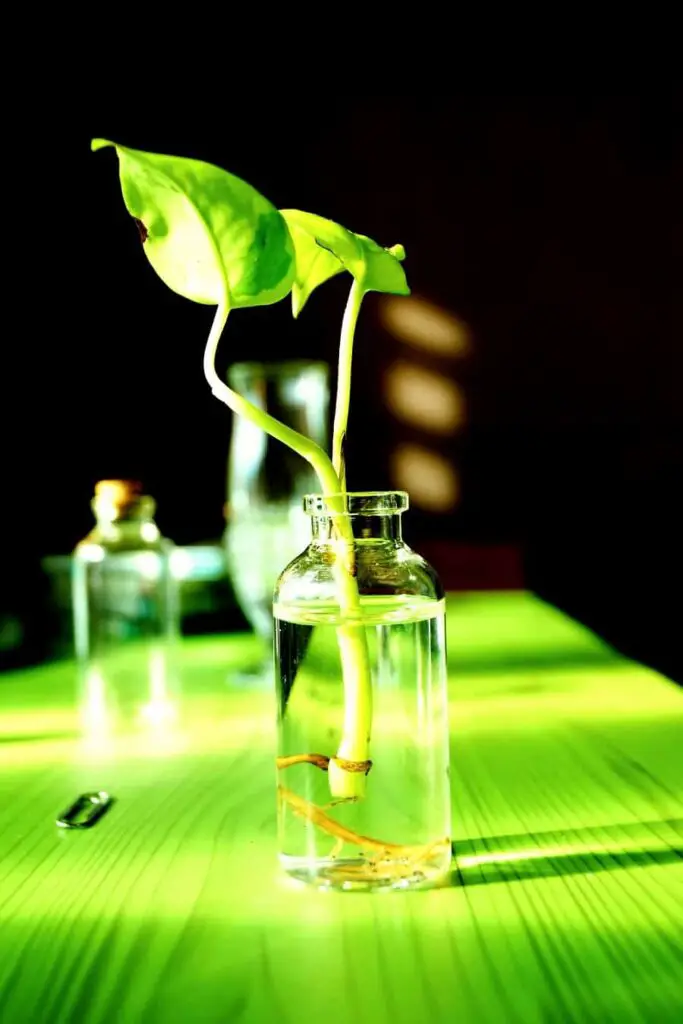
Despite the fact that Epipremnum aureum (pothos) do not flower naturally, they are still beautiful and have a very high ornamental value.
With dark green and white, heart-shaped leaves, they will turn heads and look beautiful no matter where you place them in the house.
Mentha piperita
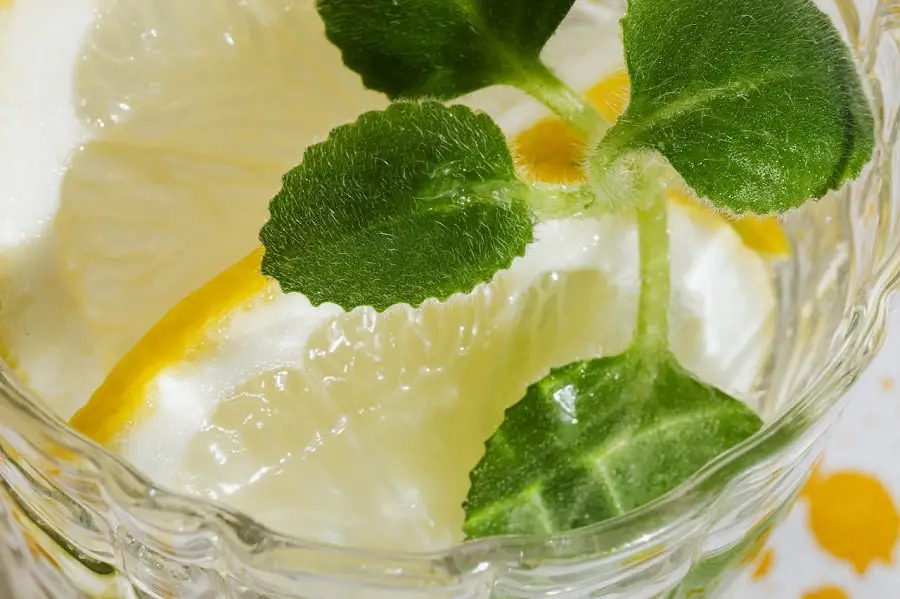
If you are interested in growing a plant that is not only decorative but also edible, I recommend Mentha Piperita, also called piperita, black mint, Chilean bergamot, among others.
You can use it to make infusions and obtain its multiple benefits; It helps you with digestion, with your mood, headaches, it helps you with bad breath, among others.
Cyclamen persicum
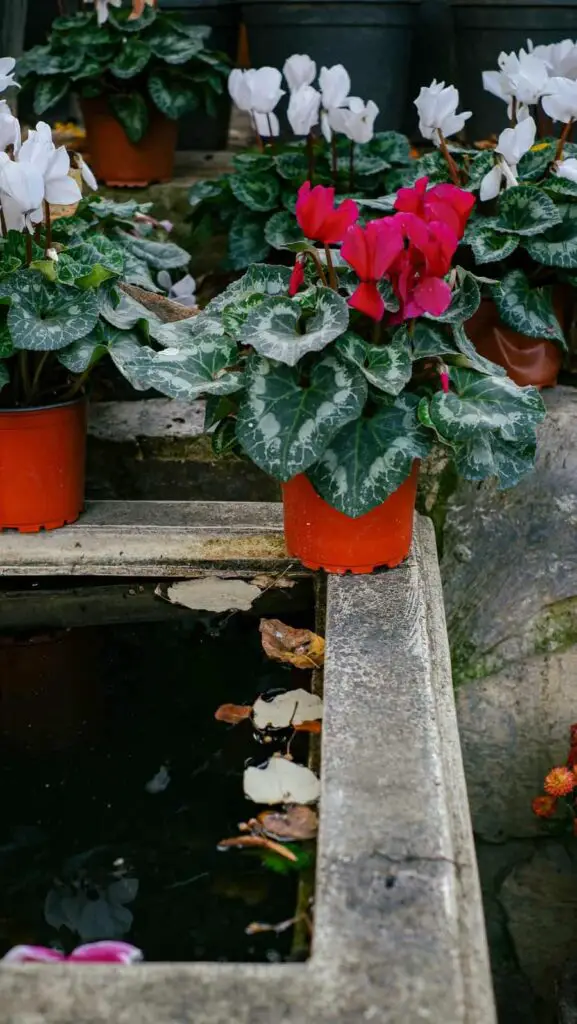
Elevate the color palette of your home effortlessly with the Cyclamen Persicum – the perfect choice for you.
With its unique feature of folding leaves and a wide array of colors including white, pink, salmon, and more, this captivating plant is guaranteed to draw plenty of attention in your living space.
Spathiphyllum

The peace lily (Spathiphyllum) is an incredibly low-maintenance plant, making it an ideal choice for homes with limited sunlight, as it thrives indoors.
While its appearance may be understated with its simple white flowers, its beauty remains undeniable, and it has a remarkable ability to emanate peace and harmony wherever it graces your space.
Moreover, the Spathiphyllum serves a practical purpose by effectively purifying the air and eliminating toxins, providing a valuable benefit, especially in today’s world surrounded by various pollutants.
Monstera deliciosa
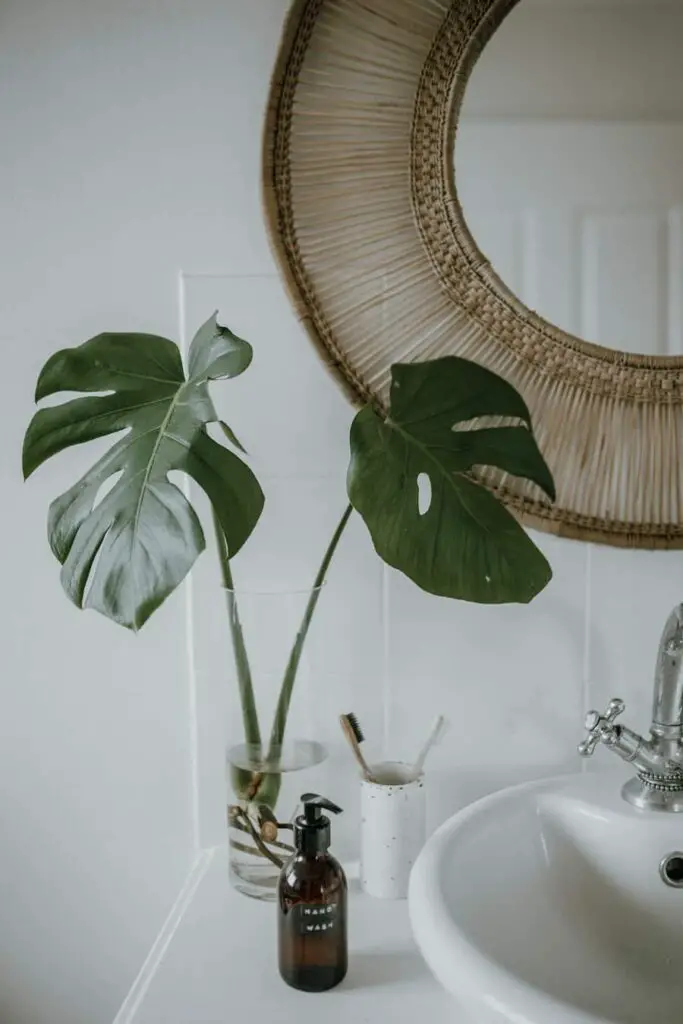
Thanks to the particular rib shape of its leaves, Monstera deliciosa is commonly known as “Adam’s rib”. Being a very resistant and easy-care plant, it is widely used as an ornamental plant in houses, apartments or offices.
Adam’s Rib will give a unique touch to your collection of plants, plus you should not worry about its care if you are a beginner in the world of plants, since it does not require great care.
Tradescantia
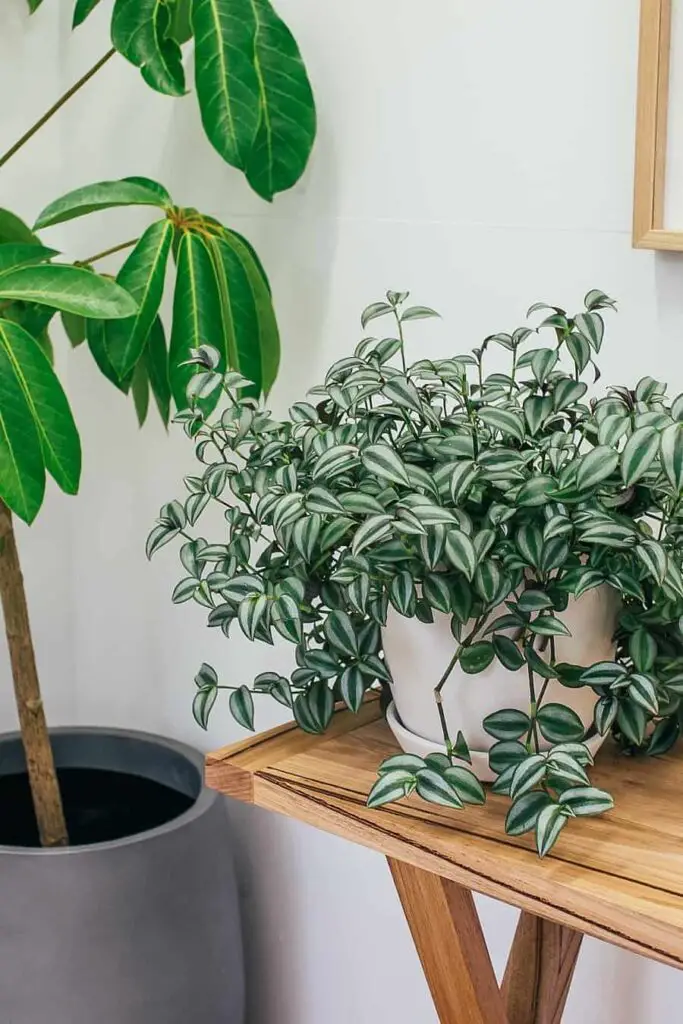
For a wide range of options to suit your preferences, Tradescantia comes highly recommended. Within this plant genus, you’ll discover various species that can cater to your individual tastes.
From striking purple leaves, green leaves with elegant silver stripes, and green leaves adorned with white spots to captivating combinations of green and purple foliage—the diversity of Tradescantia is truly remarkable.
Yet, it’s not just the extensive selection that makes it an excellent choice as an ornamental plant. Its ease of care adds to its appeal, making it a perfect candidate for both indoor and outdoor settings. Whether you’re a seasoned plant enthusiast or just starting your green journey, Tradescantia is sure to delight and thrive with minimal effort.
Hedera helix
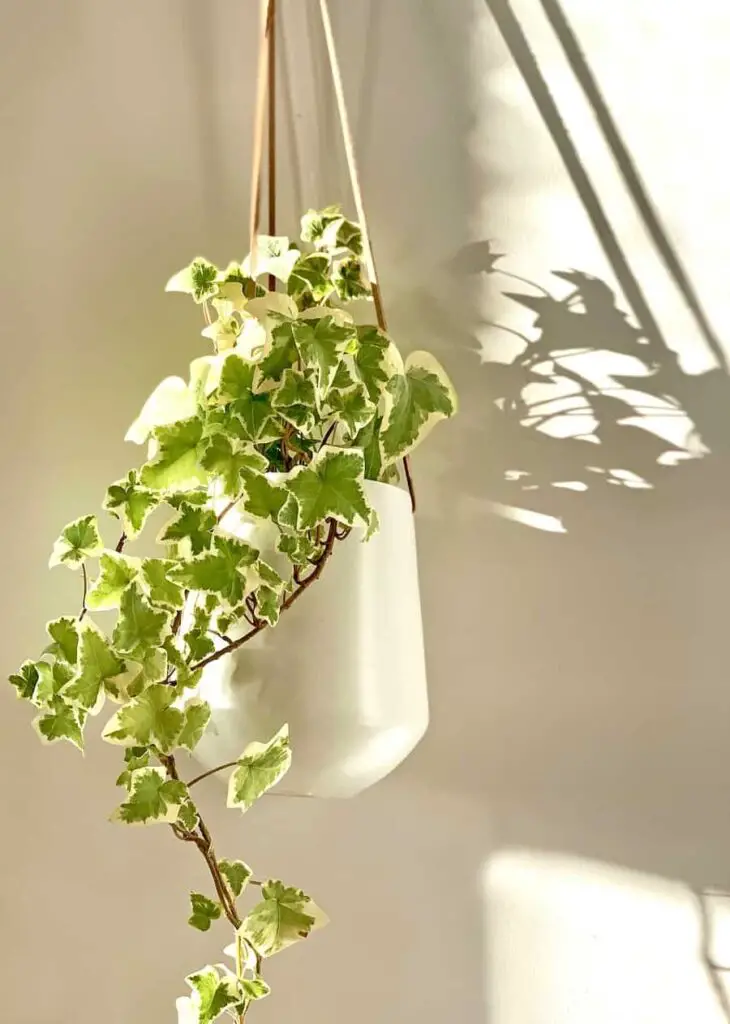
Meet Hedera helix, more commonly known as English ivy, a versatile and widely-loved evergreen climbing plant. This delightful vine belongs to the Araliaceae family and originates from Europe and Western Asia. Over time, it has been extensively cultivated and naturalized in various regions across the globe.
English ivy is a low-maintenance plant, particularly once it takes root and establishes itself. It requires minimal care, with occasional pruning being the main task to keep its growth in check. As an indoor plant, it thrives in typical indoor conditions, making it a perfect and charming addition to your collection of houseplants.
Syngonium
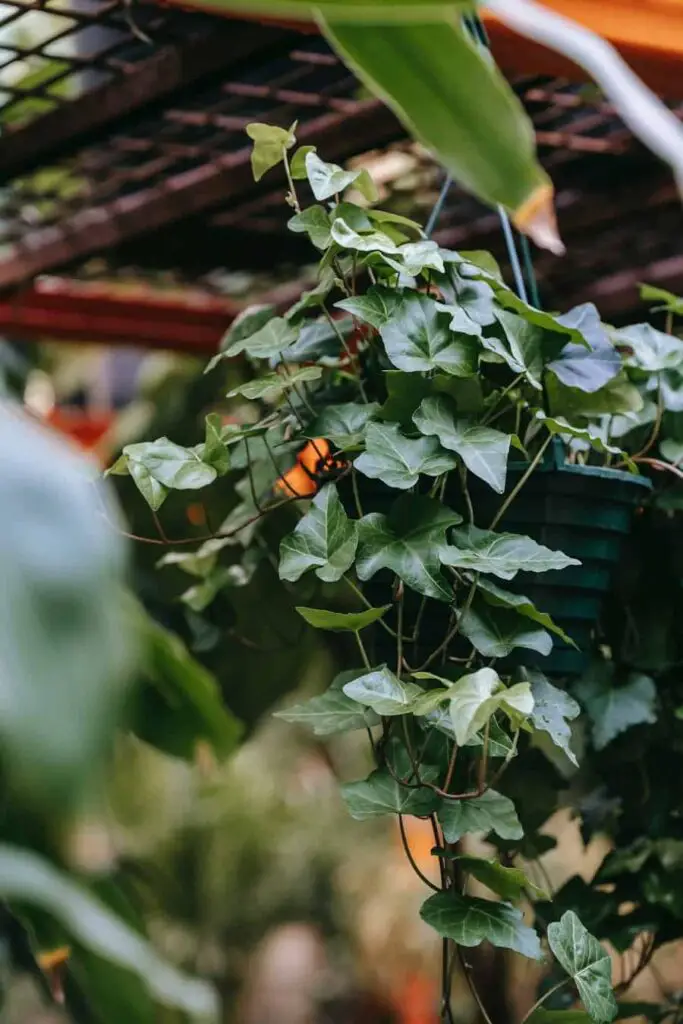
If you’re a newcomer to the fascinating world of plants or haven’t explored houseplants yet, allow me to introduce you to Syngonium—a perfect choice for you.
Syngonium is an intriguing and effortlessly manageable plant, adorned with charming light green arrow-shaped leaves that infuse it with personality.
As a climbing plant, you have the option to let it gracefully cascade from hanging pots or let it thrive on the floor, adding versatility to your decor. What’s more, Syngonium thrives in spaces with indirect light, making it an excellent fit for areas where direct sunlight might be scarce. With its adaptability and striking appearance, Syngonium promises to be a delightful addition to your indoor green companions.
Plectranthus Verticillatus
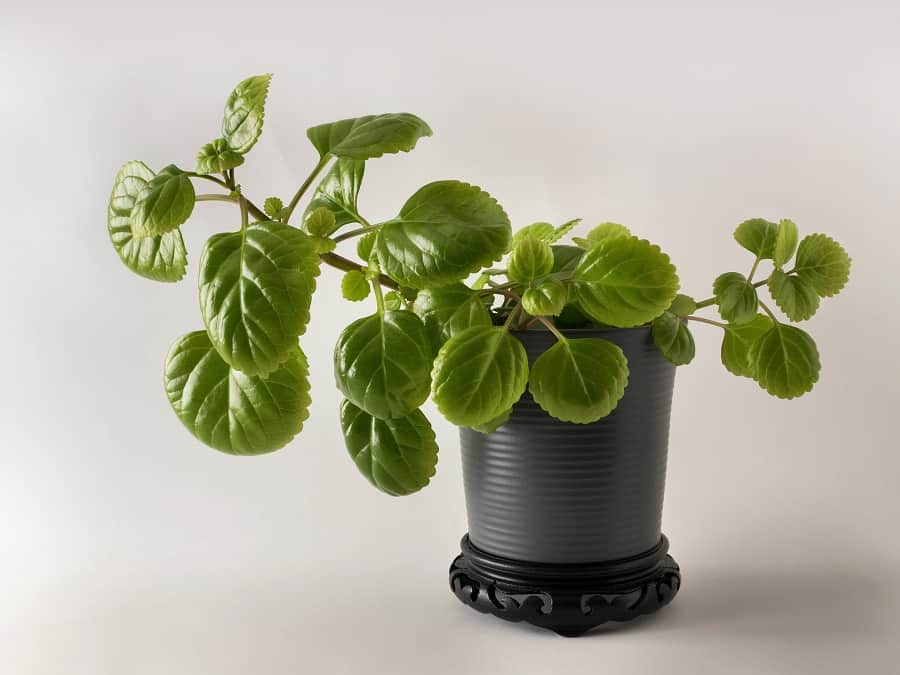
Meet the Plectranthus Verticillatus, also known as the money plant, native to Africa—a perfect indoor companion, especially in well-lit spaces.
If you’re eager to see your plant flourish quickly, the money plant is an excellent choice. With its rapid growth rate, you’ll witness it transform into a lush display of vibrant green leaves in no time.
Besides adding a touch of nature to your home, the Plectranthus Verticillatus also acts as a natural air purifier, enhancing the overall environment. What more could we possibly ask for from this remarkable plant! Embrace the beauty and benefits of the money plant as it brightens and cleanses your living space.
Monstera Plant

The Monstera “Swiss cheese plant” offers a blend of beauty, ease of care, and air-purifying qualities, making it an attractive and rewarding addition to your indoor plant collection.
Its impressive leaves and ability to thrive in various conditions make it a great choice for plant enthusiasts of all experience levels.
How to Care for Hydroculture Plants?
Having shared a list of plants suitable for hydroculture, now I’ll offer some valuable tips for your successful water culture:
1. Water Quality: For the healthiest growth of your plants, opt for using drinking water. Tap water often contains chlorine, lime, or salt, which may not be favorable for the plants’ well-being.
2. Fertilization: To promote even stronger and healthier growth, consider adding liquid or water-soluble fertilizers to your water-cultivated plants.
3. Root Management: If your plant’s roots have outgrown the container, you have two options. Gently divide the plant to create two specimens, or transplant it to a larger pot to accommodate the expanding roots.
4. Algae and Green Water: Don’t fret if you notice greenish water or algae in your plant’s container; this is a normal occurrence and won’t harm your plant. Simply change the water, and your plant will be unaffected.
5. Transition to Soil: If you wish to transfer your water-cultivated plant to soil, it can be done without any issues. Handle the plant’s roots with care, as they can be delicate after being in water.
6. Soil Selection: When transitioning the plant to soil, choose a lightweight and porous substrate. Keep the soil moist during the initial period as your new plant acclimates to its new environment.
With these tips in mind, your hydroculture journey will be rewarding, and your plants will thrive in their water-based habitat. Enjoy the beauty and benefits of nurturing your green companions in water or seamlessly transferring them to soil, ensuring their well-being throughout their growth journey.
